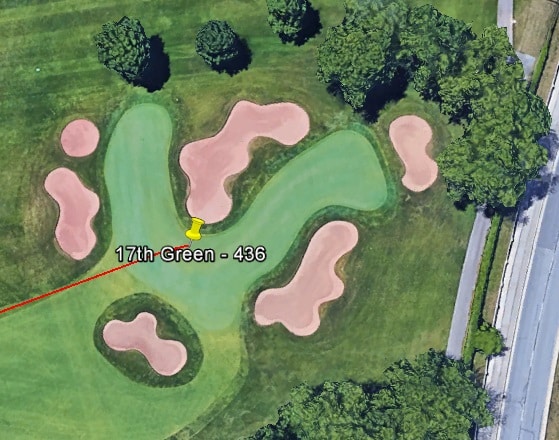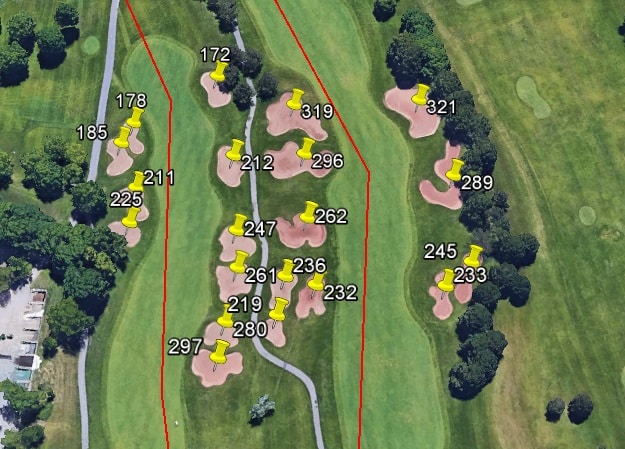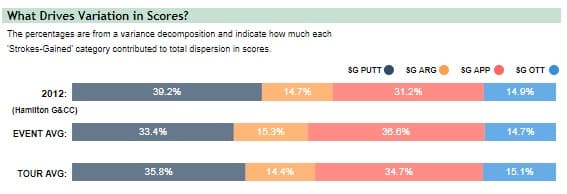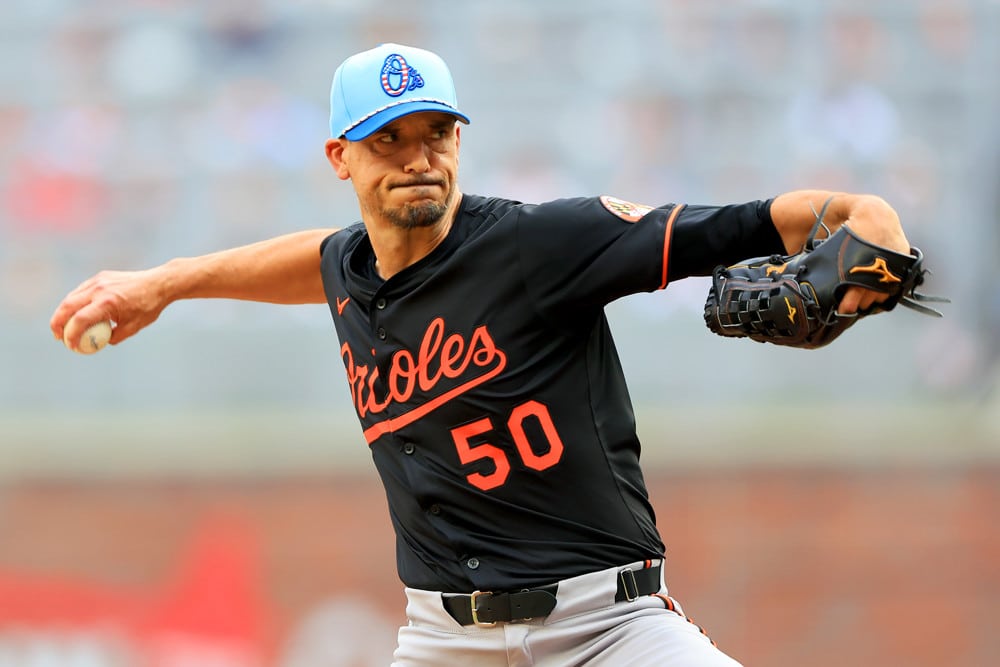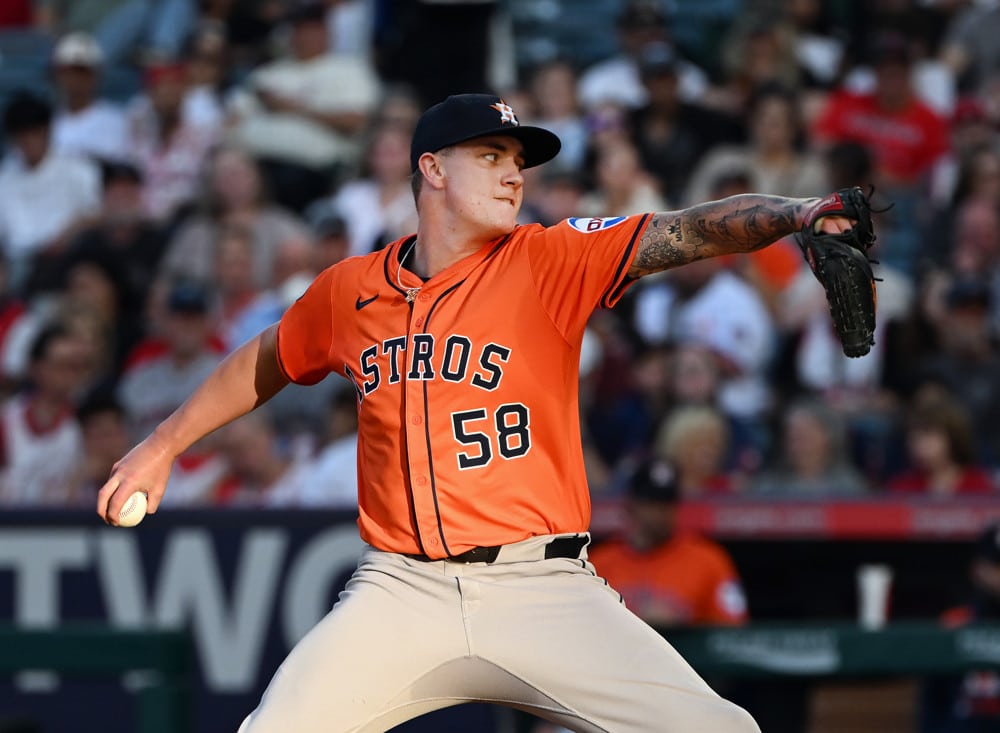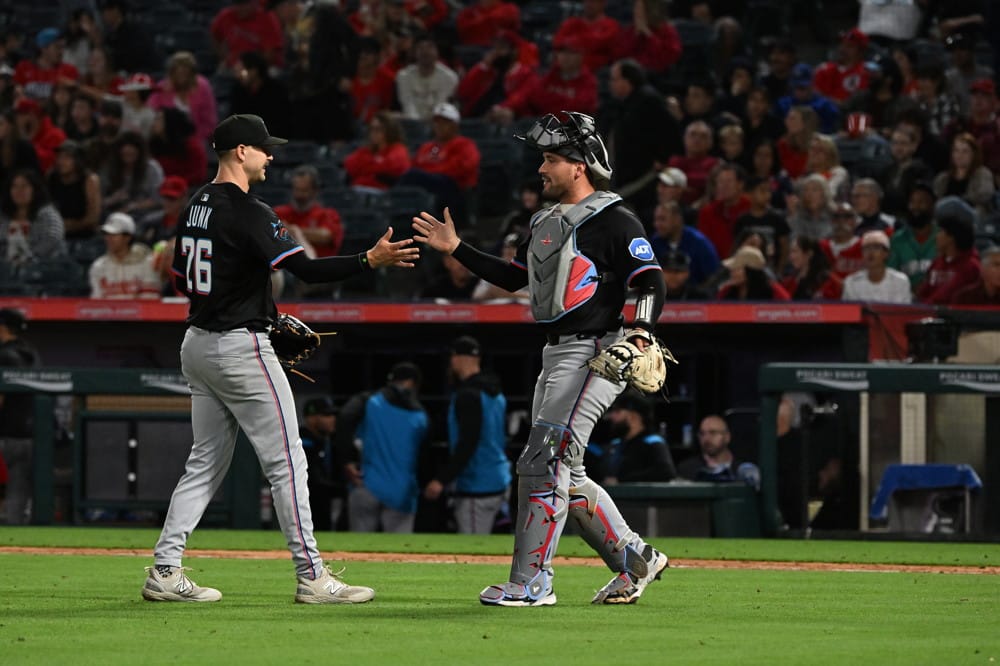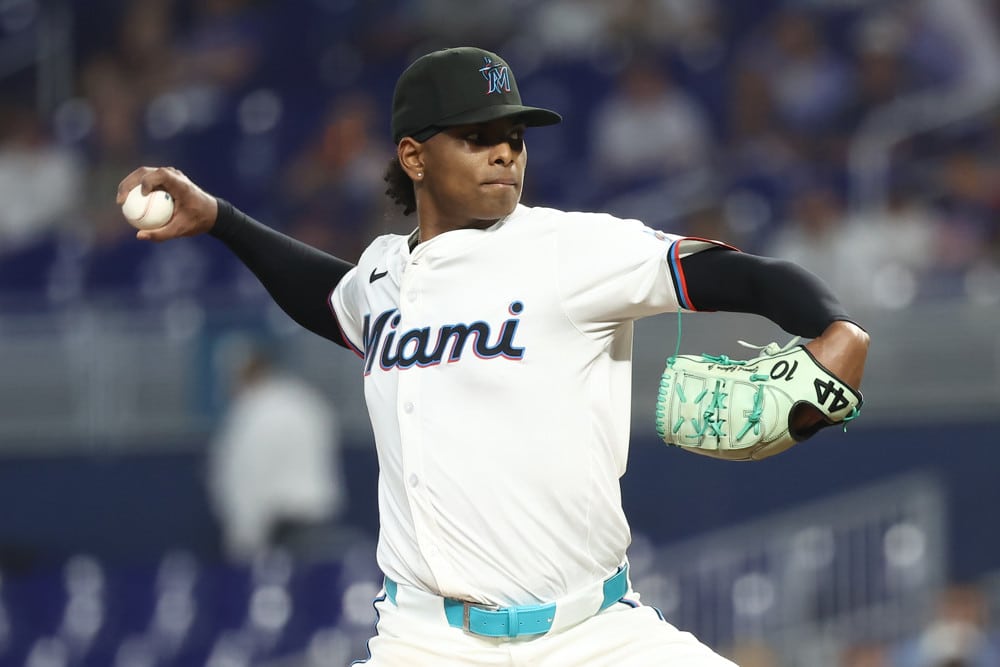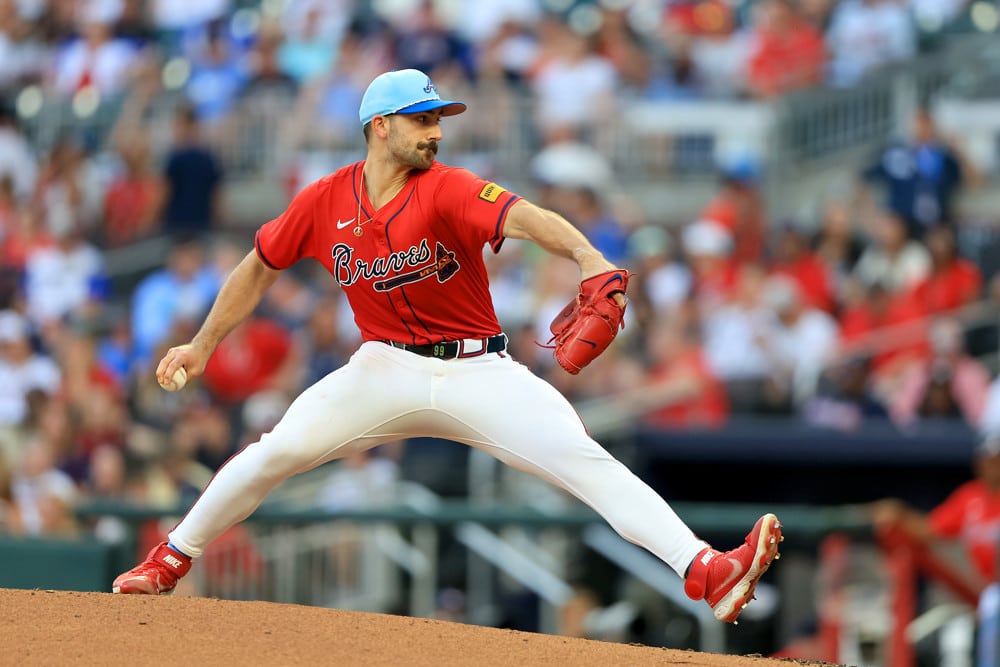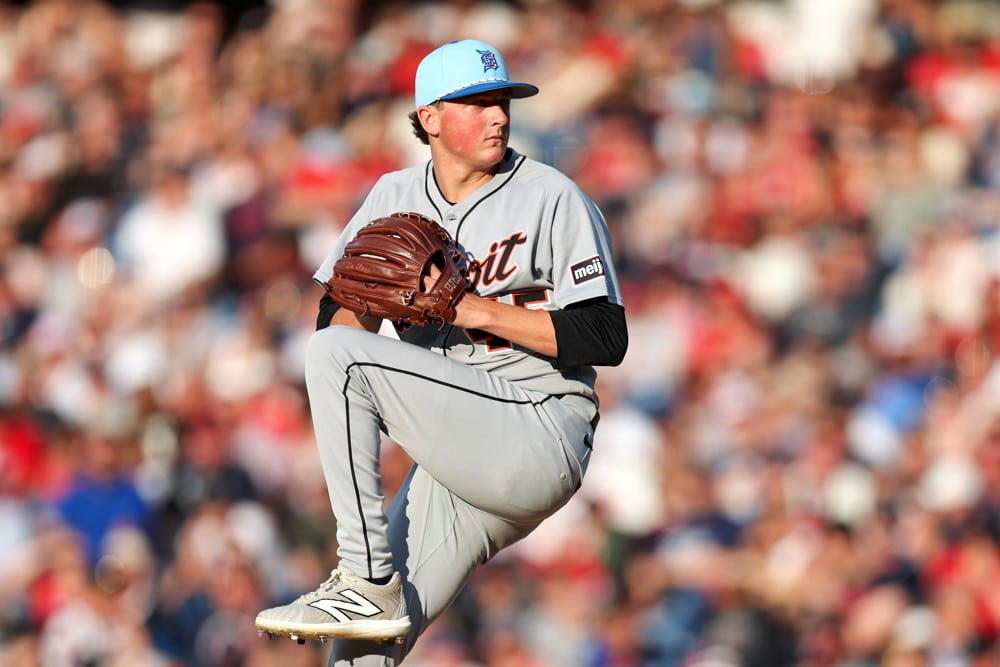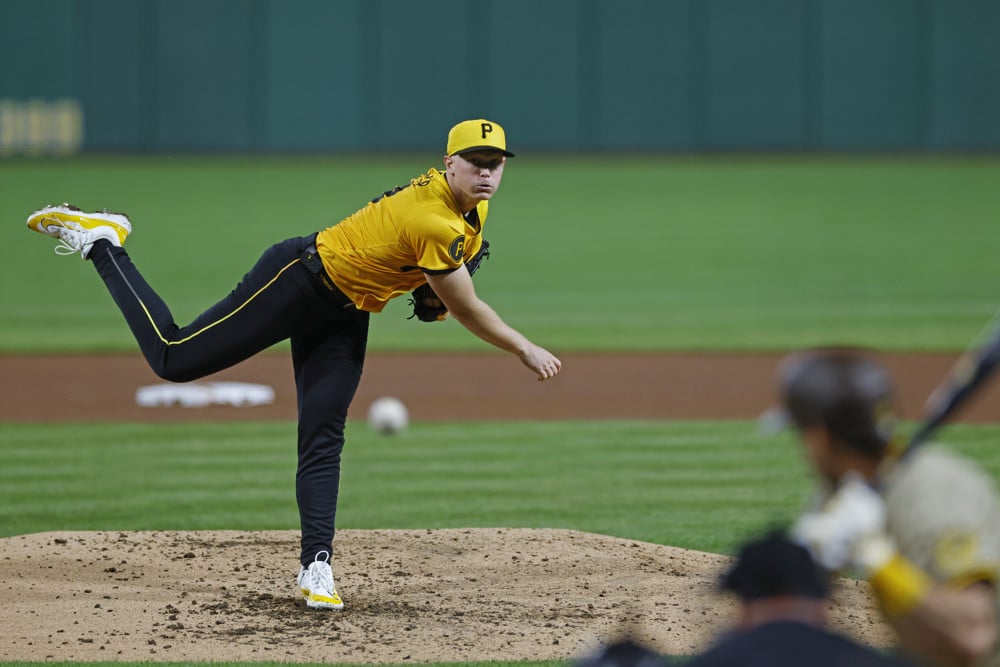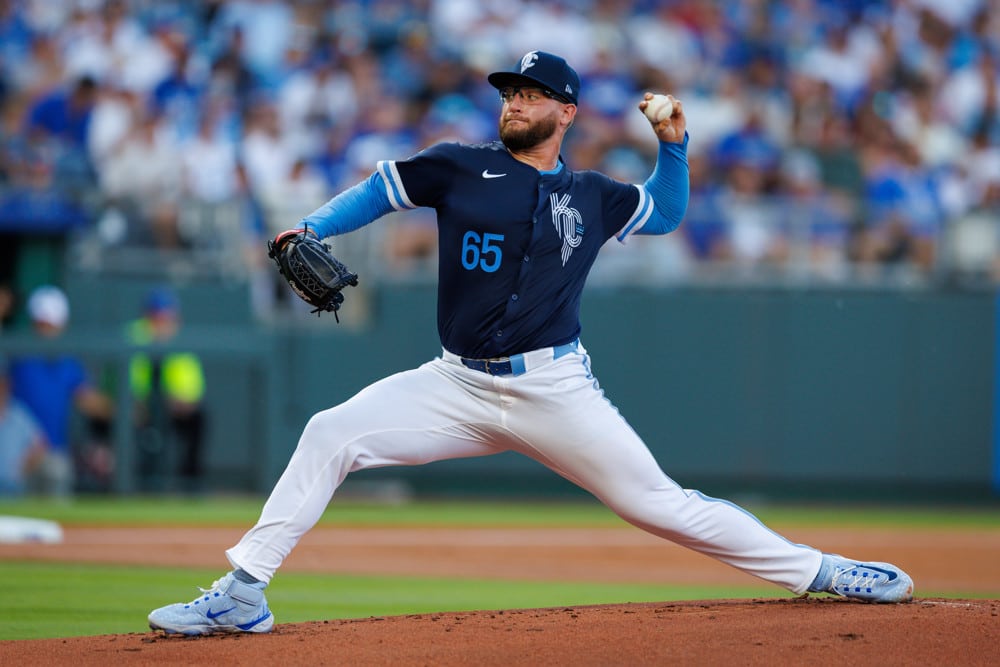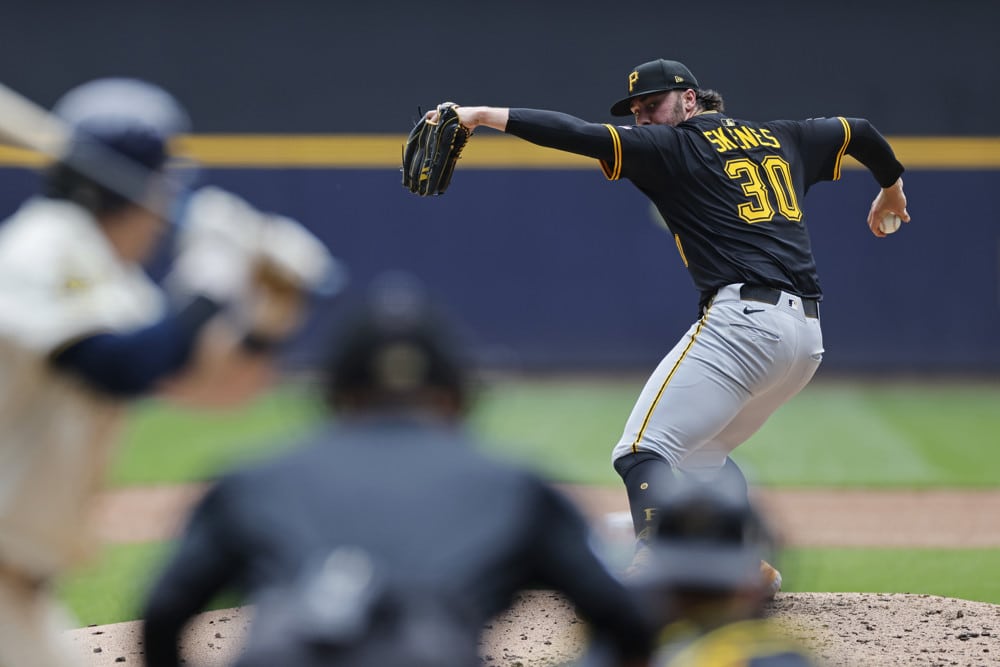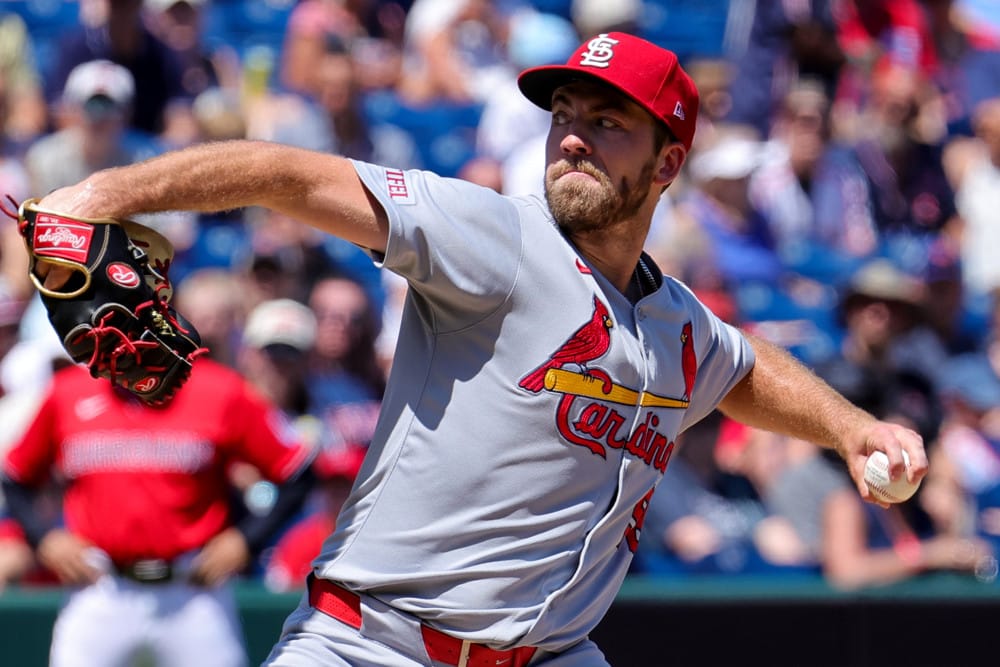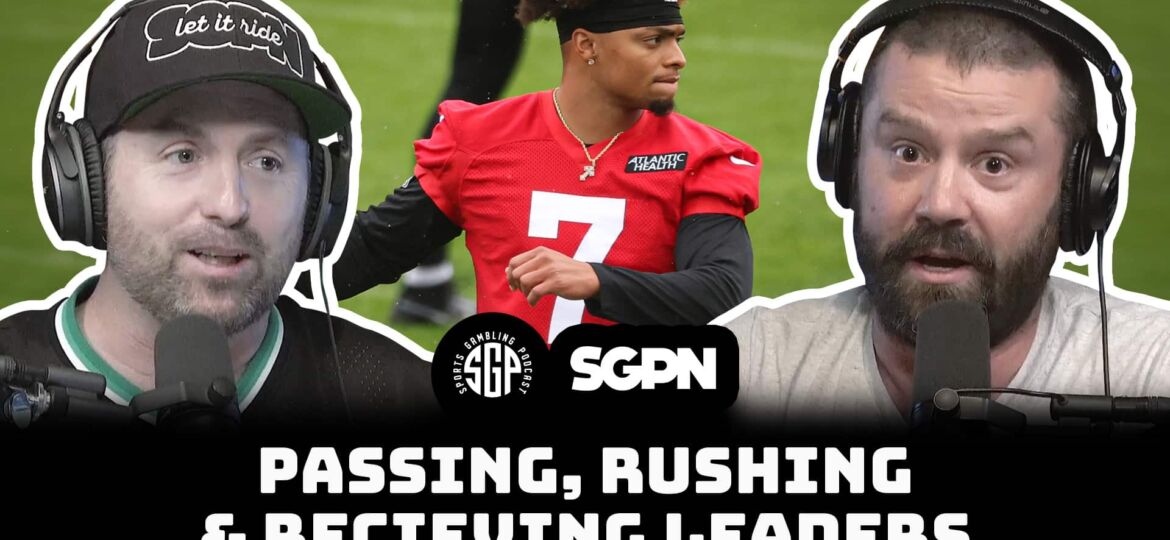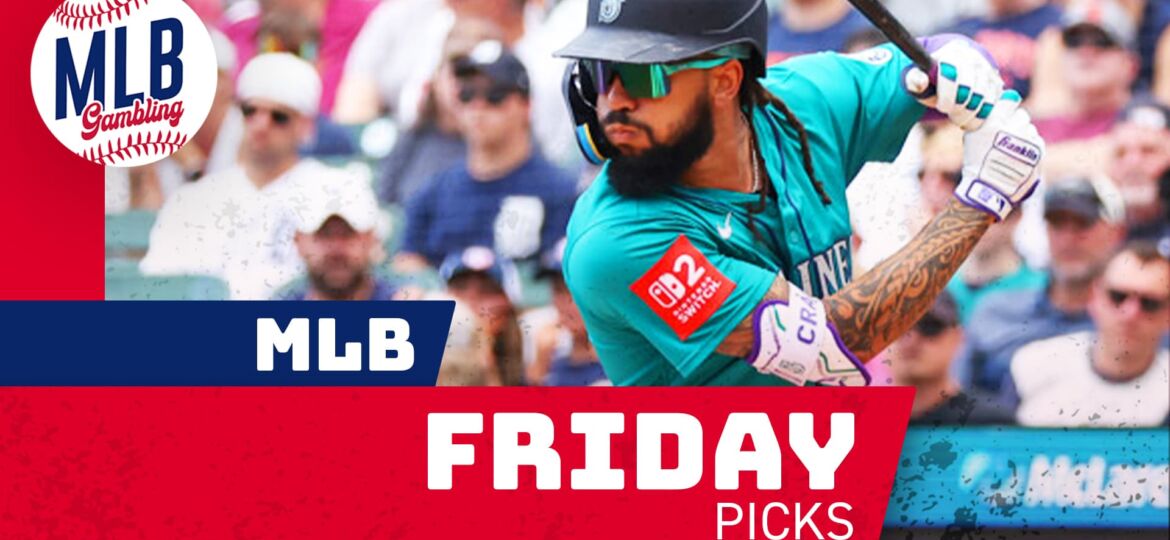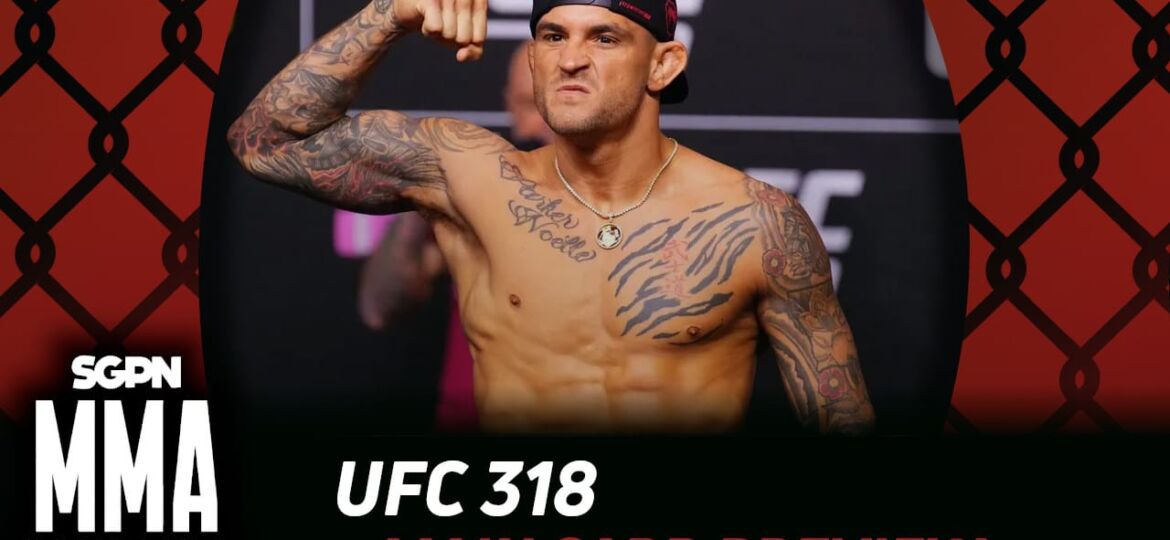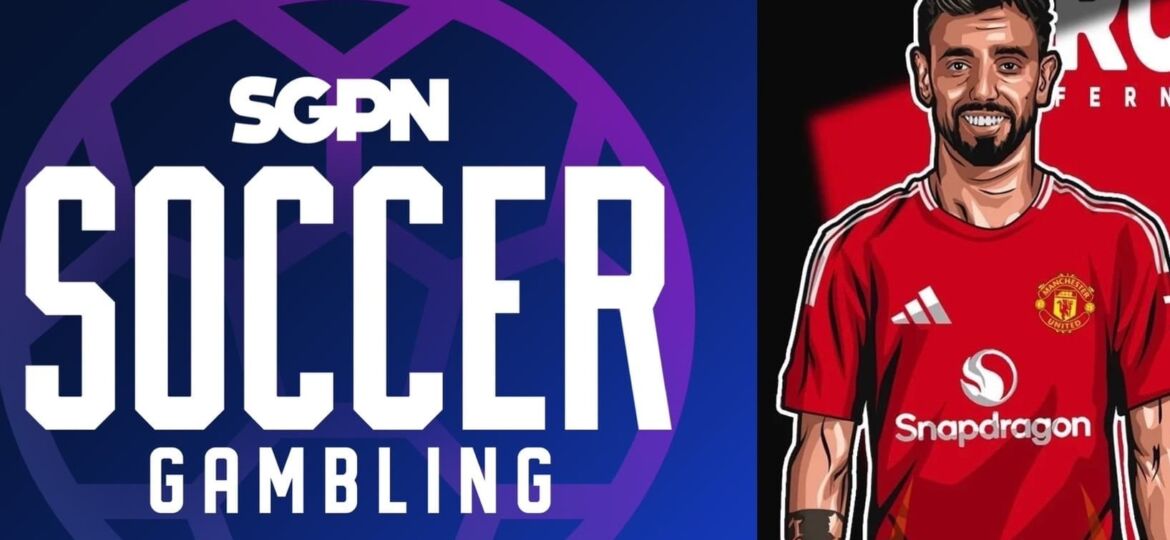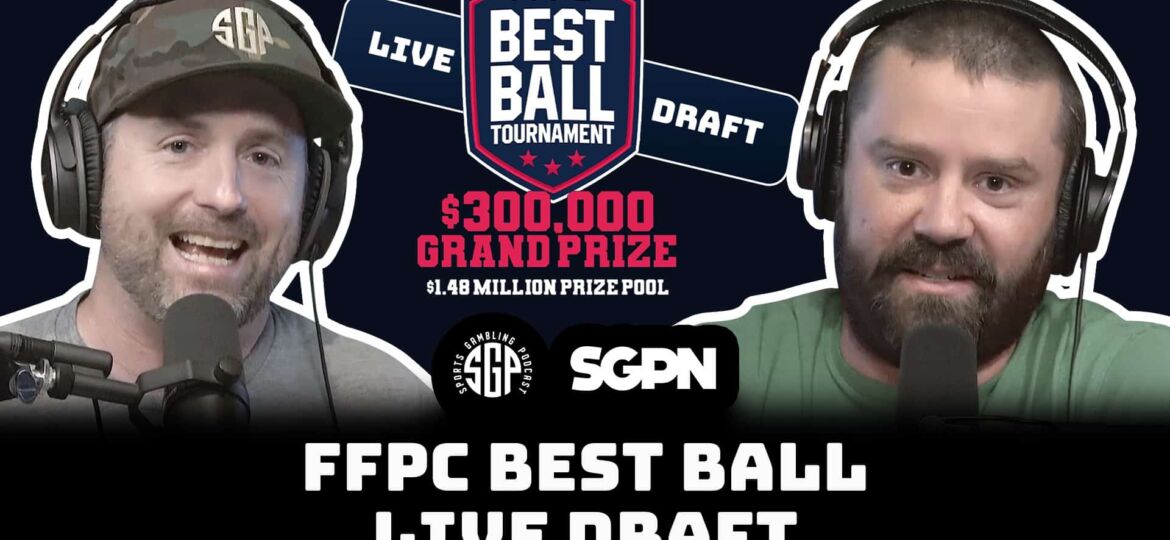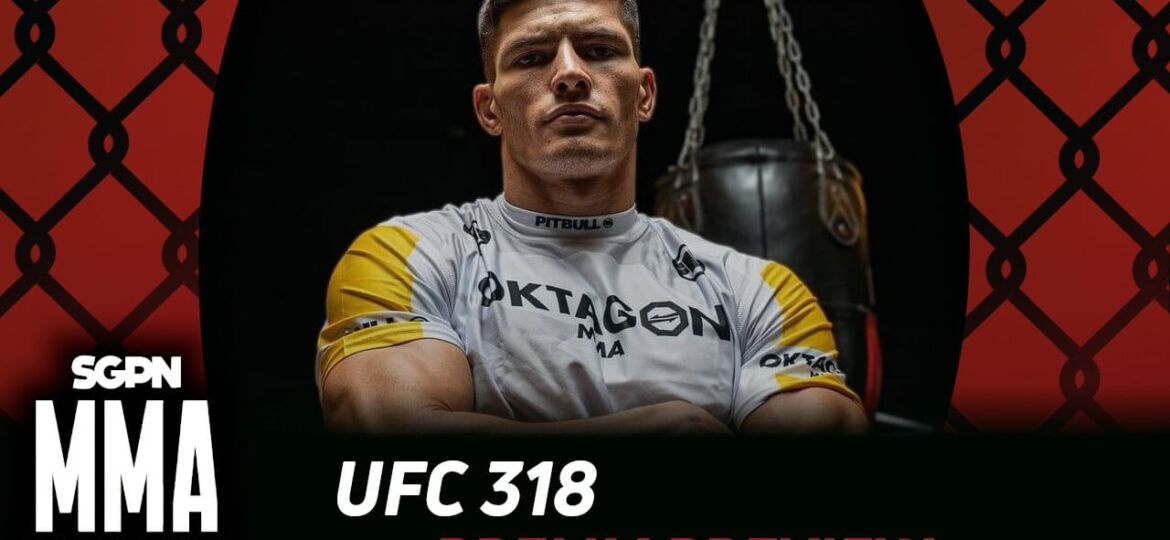It’s a new spot on the schedule and a new venue for the tournament, as the PGA Tour heads north of the border for the RBC Canadian Open at Hamilton Golf and Country Club in Ancaster, ON.
While the golf world eagerly awaits the third major of the year next week at Pebble Beach, the Canadian Open is one to watch because of its rich history and its position on the schedule as a final tune up before the U.S. Open. Though the conditions at Hamilton Golf and Country Club couldn’t possibly be more opposite than what the golfers will see at Pebble Beach, it presents the players a final test to find good form before heading out west.
Here’s everything to know about the tournament before placing any wagers on it.
The Field
Before this year, the Canadian Open was sandwiched between the Open Championship and the WGC-Bridgestone on the schedule, and the field strength often suffered. Unless a big name was sponsored by RBC, most stars opted to take a week off after the Open before getting back on the horse for a hectic two week stretch at the WGC-Bridgestone and the PGA Championship.
Starting in 2019, the RBC Canadian Open was switched to the week before the U.S. Open. While the last two tournaments that preceded a 2019 major had weak fields, the RBC Canadian Open boasts a surprisingly strong one and seems to have benefited from its new place on the schedule.
Headlining the field are the normal players sponsored by RBC – Dustin Johnson, Matt Kuchar, Jim Furyk, Brandt Snedeker, Graeme McDowell and top Canadian golfer Adam Hadwin. These players are mainstays at each of the two tournaments sponsored by RBC on the PGA Tour schedule.
However, joining them are several top stars who are not affiliated with RBC. They include World #1 Brooks Koepka, Rory McIlroy, Justin Thomas, and Bubba Watson. By adding this group of names to the field, the RBC Canadian Open is no longer one that a fan can take off if they’re overstimulated with summer professional golf.
Other notable names in the field are Henrik Stenson, Sergio Garcia, Alex Noren, Keegan Bradley, Webb Simpson and Zach Johnson. All these players bear watching to see if they can find some momentum before heading to Pebble Beach next week.
The Golf Course
The Canadian Open has been held at several golf courses over the years, but its primary home until 2018 was Glen Abbey Golf Course in Oakville, CA, about halfway between Hamilton and Toronto. Glen Abbey is a Jack Nicklaus designed track, and if Murifield Village is considered Jack’s masterpiece then Glen Abbey is definitely the red-headed step-sister. It’s not a very interesting golf course and has some very questionable architectural features. Such as…
Exhibit A – the WTF Green
Exhibit B – Death By Fairway Bunker
While the stretch of holes from 11 to 15 that snaked its way through a valley alongside the Sixteen Mile Creek was interesting, I’m not crying over any spilled milk that Glen Abbey will not be hosting this year’s tournament.
This year, the RBC Canadian Open moves to Hamilton Golf and Country Club, which hosted the 2012 tournament won by Scott Piercy. Hamilton Golf and Country Club was designed by English architect Harry Colt in 1914. Colt isn’t the most renowned designer in golf architecture history, as his name isn’t as recognizeable as the likes of Robert Trent Jones, Donald Ross, or Pete Dye, just to name a few. But he’s responsible for some of the best golf courses in the world. He takes credit for the redesigns of Muirfield, Royal Portrush and the Royal Liverpool Golf Club in Great Britain, along with the creation of Pine Valley, which is considered the #1 golf course in the United States.
The golf course features a creative routing where both nines are out-to-in set ups, with the midway point of each nine (Hole No. 4 and 13) as the farthest point from clubhouse. The golf course also features strategically placed dog legs and narrow fairways to challenge the players off the tee, as most holes feature fairways less than 30 yards wide. The greens are also relatively small compared to normal tour stops, meaning the players must have full command of their irons this week.
Here’s a few of the more interesting holes on the golf course:
Hole No. 4
The 542 yard Par 5 4th is reachable in two, but trouble is abound off the tee for those who are reckless. Tall trees hug the hole all the way down the left side, and also features a fairway bunker right in the landing zone off the tee. Down the right side are more trees and OB, and if one is particularly wild off the tee an unfortunate bounce off the cartpath could ricochet the golf ball into the reservoir. Length and accuracy are needed on this scoring hole.
Hole No. 5
This is the only driveable Par 4 on the golf course and presents a risk/reward proposition for the player. The hole plays slightly uphill but a fade with the driver off the tee should put the ball towards the front of the green for a good chance at birdie or eagle. Those who are aggressive but inaccurate face the risk of blasting it into the woods, or if the course plays firm can bound the ball over the green and down the hill for a tough up and down back up to the green.
Those who lay up find themselves with a generous landing zone in the fairway with an iron or hybrid, but the 70-90 yard approach to the green is a bit awkward. If I had to guess, those who go for the green will fare a lot better than those who lay up.
Hole No. 11
While it’s possible to hook it around the dogleg to set up a shorter approach, it’s not an easy shot to pull off for most players It would require a big draw off the tee, and often times that ends up looking more like a snap hook that’ll take it into the trees on the left. A lot of players will likely opt to put it in the middle of the fairway with a three wood and set up a long approach into the small green.
If there’s anyone in the field that has an advantage here, it’d be Bubba Watson, who has an easier time hitting a big fade than it would be for, say, Dustin Johnson to hit a huge draw. He’d be someone I’d expect to try and cut the corner every chance he gets.
This hole also is interesting because it’s very similar to a hole the players will face next week at Pebble Beach – Hole No. 3:
Hole No. 18
This is the only hole where the creek that bisects the course really comes into play. It’s only about 280 yards before the fairway runs out to the creek, and it acts almost like a burn would on a traditional Scottish Links course. It’s about 335 yards to carry it into the next fairway, so it would take a good poke to get it there. The tee box sits about 40 feet above the fairway so the bombers may take it on, but most mortals in the field will lay up off the tee.
What makes this hole great, however, is the amphitheater backdrop around the green.
It’s a similar setting to that of the 18th at Riviera, with a large gallery crowded on the hill surrounding the green and the clubhouse perched up at the top of the hill. The Canadian Open has one of the most passionate (but polite like a proper Canadian) galleries on the PGA Tour, and their presence on the 18th hole will create a dramatic scene on Sunday afternoon.
Betting Strategies
Unfortunately for the gamblers, any time a tournament is held at either a new golf course or one with a very limited history it’s a tough one to handicap. As mentioned previously, the last time the tournament was held at Hamilton Golf and Country Club was 2012, and before that was 2006. Golf has changed tremendously over the last decade, so I’m not putting any stock into the results of 2006.
Here is the scoring breakdown by strokes gained at the 2012 tournament:
(Per DataGolf)
Most of the scoring in 2012 was driven by putting, and it was at a more than average clip than the tour average. It also suggested that approach shots weren’t quite as important as the normal tour stop.
However, several players at the top of the leaderboard did not putt well overall on the PGA Tour that year. While they overall had a great putting week in 2012, anyone who cherry picked players towards the top of the Strokes Gained – Putting statistic that year missed the boat on many contenders. The leaderboard in 2012 was a mixed bag of players who were in the Top 50 in Strokes Gained – Putting and those who finished well outside the Top 100.
If there were any trends of the players who finished towards the top of the leaderboard, it were those who possessed above average driving distance and fared well in the relevant Strokes Gained Tee-to-Green statistics, even if the numbers above wouldn’t suggest that. The majority of players who finished the week in the Top 20 were at least inside the Top 100 of these categories by the end of the season.
Why the inconsistencies? For one, something I noticed when I charted the golf course is how out of play some of the trouble off the tee is. While tee boxes have been pushed back to stretch the golf course to it’s maximum yardage, most fairway bunkers at Hamilton Golf and Country Club aren’t in play anymore with how long these guys hit it. It’s also possible to cut off dog legs to set up shorter approaches for the bombers as well. Without significant renovations to the golf course, it’s one that can be had by premier long ball-strikers on the PGA Tour, and the narrow fairways likely won’t discourage anyone from being aggressive off the tee.
Like next week at Pebble Beach, the small greens at Hamilton Golf and Country Club means that everyone will have to scramble to get up and down for par plenty of times. While the leaderboard in 2012 did not have any strong trends on the Strokes Gained – Around the Green stat, most of the contenders fared well in Scrambling From the Rough % on the PGA Tour in 2012. This makes sense considering the deep, thick rough that surrounds each green at Hamilton Golf and Country Club. That should be another consideration for gamblers.
Lastly, three of the four Par 3’s on the golf course are in excess of 200 yards, and with soft conditions that should yield low scores it is paramount to take advantage of the Par 5’s. As such, statistics for approach shots >200 yards should also be taken into consideration to identify players who strike their clubs well from those distances. Those players will be able to navigate the long Par 3’s and set themselves up for birdies on the Par 5’s.



